Tag Archive for: CROWDTHERMAL
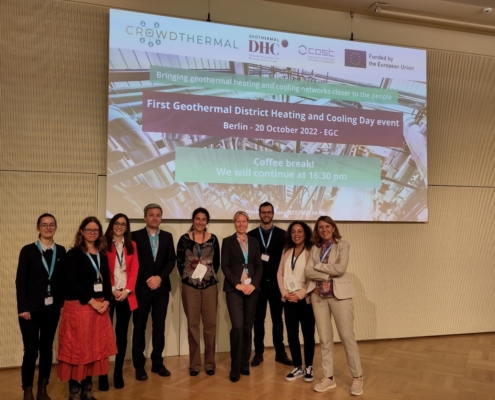 EFG
EFGLPRC participation at the CROWDTHERMAL Final Conference, Berlin, October 2022
On 19 and 20 October 2022 the CROWDTHERMAL project held its final…
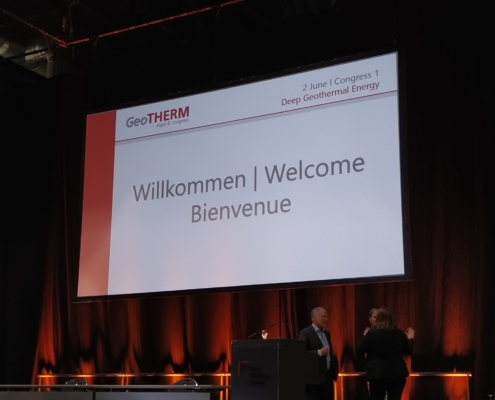 La Palma Research Centre
La Palma Research CentreLPRC representing CROWDTHERMAL at GeoTHEM expo
On June 1-3 2022 the Messe Offenburg-Ortenau GmbH held the GeoTHERM…
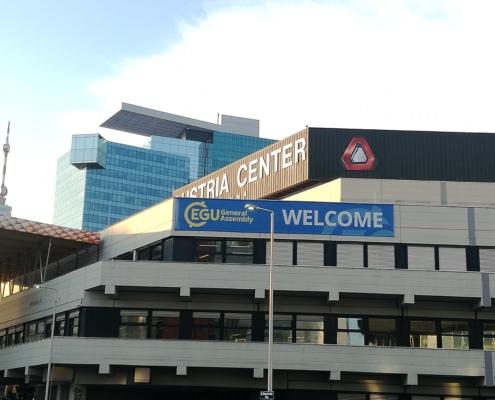
LPRC presents its projects during the EGU General Assembly 2022
Similarly to previous EGU editions, La Palma Research Centre…
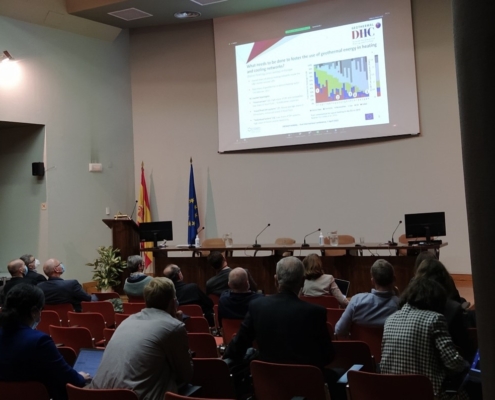 EMPORIA4KT
EMPORIA4KTLPRC in Madrid, for CROWDTHERMAL meetings
From 6 to 8 April 2022 the CROWDTHERMAL partners were together…
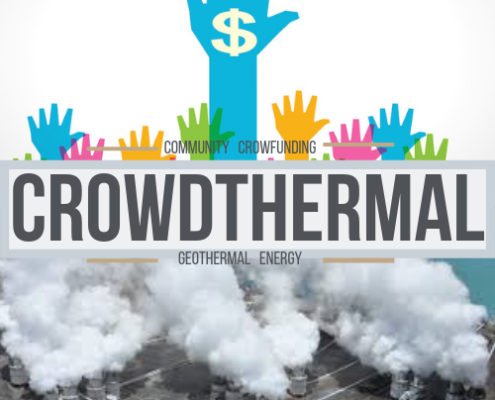
LPRC participation at CROWDTHERMAL meetings in the Netherlands
Between the 6th and 8th of October 2021 the CROWDTHERMAL consortium…
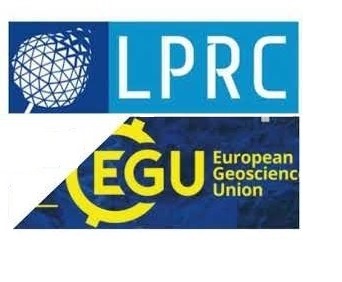
LPRC projects at EGU 2021
This year, following the company's tradition to present its projects…
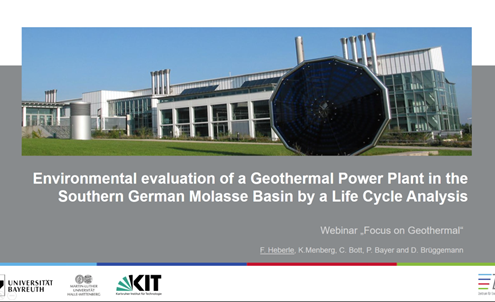
Environmental evaluation of a Geothermal Power Plant in the Southern German Molasse Basin by a Life Cycle Analysis
On the 26th March 2021, ENERCHANGE and ThinkGeoEnergy hosted…
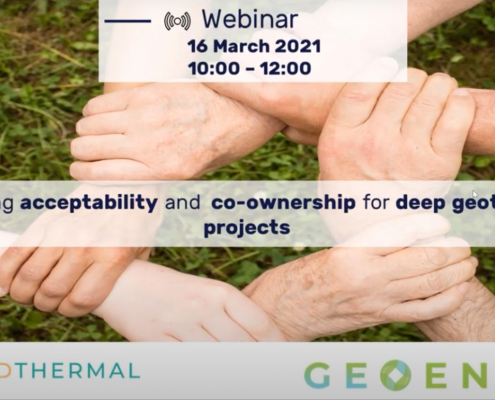
LPRC participates at the GEOENVI-CROWDTHERMAL joint webinar – part 2
The recommendations coming from GEOENVI (see part 1) directly…

LPRC participates at the GEOENVI-CROWDTHERMAL joint webinar – part 1
On Tuesday 16 March, GEOENVI and the CROWDTHERMAL project, where…
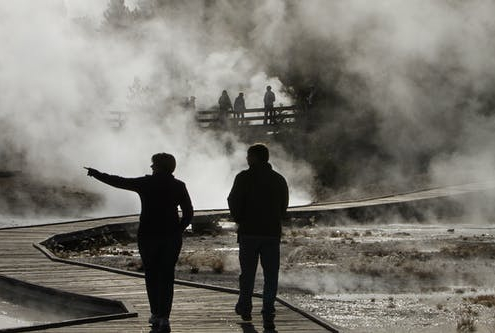
Trends in geothermal, 16th February 2021 part 2: technology
The first part of the Baseload Trend's geothermal webinar focused…
